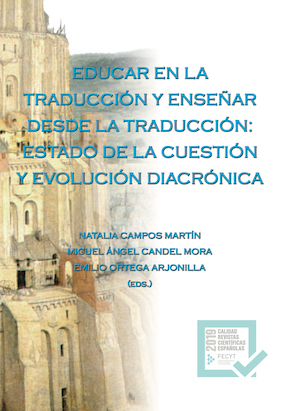Teaching and dissemination of electrical engineering in Spain at the end of the 19th century: collections of technical manuals by the publisher Bailly-Baillière
DOI:
https://doi.org/10.7203/qf.24.16317Keywords:
technical education, electrotechnics, popular science, educational collections, Bailly-Baillière Abstract
Abstract
At the end of the 19th century, interest in the applications of electricity was beyond the classrooms of technical schools and universities. The technical community no longer consisted solely of those who had studied engineering, but also included practical electricians, who also needed training in this area. Of particular note among the works that emerged to meet this need are two collections published by Bailly-Baillière e Hijos, which are the object of the present study: the Pequeña Enciclopedia Electromecánica (1896-1897), edited by Henry de Graffigny, and the Biblioteca Completa de Electricidad (1898), by Thomas O’Conor Sloane. Both were clearly intended to help spread knowledge of electromechanics and electricity and were very well received. Without a doubt they helped teach and popularise electrical engineering.
 Downloads
Downloads
Downloads
Published
How to Cite
-
Abstract514
-
PDF (Español)422
Issue
Section
License
 Este obra está bajo una licencia de Creative Commons Reconocimiento-NoComercial-SinObraDerivada 4.0 Internacional.
Este obra está bajo una licencia de Creative Commons Reconocimiento-NoComercial-SinObraDerivada 4.0 Internacional.
Authors who publish with this journal agree to the following terms:
- Authors retain copyright and grant the journal right of first publication with the work simultaneously licensed under a Creative Commons Attribution License that allows others to share the work with an acknowledgement of the work's authorship and initial publication in this journal.
- Authors are able to enter into separate, additional contractual arrangements for the non-exclusive distribution of the journal's published version of the work (e.g., post it to an institutional repository or publish it in a book), with an acknowledgement of its initial publication in this journal.
- Authors are permitted and encouraged to post their work online (e.g., in institutional repositories or on their website) prior to and during the submission process, as it can lead to productive exchanges, as well as earlier and greater citation of published work (See The Effect of Open Access).



